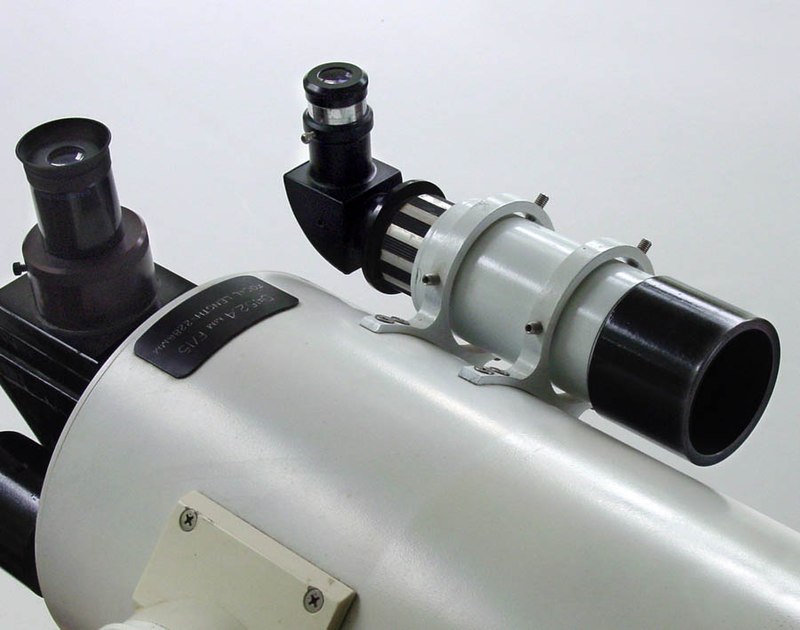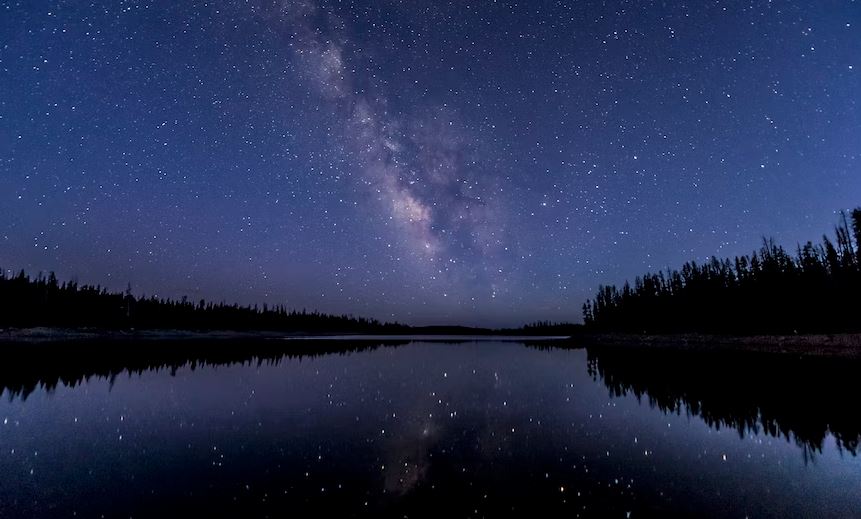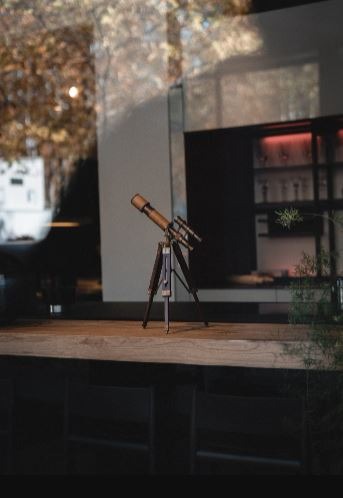The telescope is an excellent start to seeing the universe in detail. It helps unravel the mysteries of the universe and brings us breathtaking views of distant galaxies, stars, and planets. Whether you are a beginner or an experienced astronomer, having the right tools, such as telescopes, can significantly enhance your observing experience.
However, to elevate your stargazing adventure and unleash the full potential of your telescope, a carefully selected collection of accessories is essential. These must-have telescope accessories can turn a simple observation session into an unforgettable astronomical experience. With additional tools, you can see and do more!
1. Telescope Eyepieces

The telescope captures light. The eyepieces provide magnification. Some things look better at low magnification, some in medium, and some at high. The eyepiece is the most essential accessory for your telescope. They determine the magnification and field of view of your observations. A wide selection of eyepieces with different focal lengths allows you to adjust your view of various celestial objects. They typically differ in three levels of magnification: low (25mm or more), medium (10-20mm), and high (9mm or less).
2. Barlow Lenses
Barlow lenses are the best option if you still decide whether to purchase eyepieces. A Barlow lens is a multiplier. You put it in the telescope where the eyepiece would usually be. They will double or even triple the magnification of your eyepiece, providing you with more versatility without needing to invest in multiple eyepieces. With the addition of a Barlow lens, your existing eyepiece can have two magnifications instead of just one!
3. Filters
Filters can significantly improve your visibility by selectively blocking specific wavelengths of light. For example, observing a full or nearly full moon with your telescope is incredibly rewarding but challenging to watch for long periods. Moonlight is focused on your eyes and can become uncomfortable only briefly. This is when a moon filter is helpful as it reduces glare from the moon’s surface, allowing you to see finer details.
Additionally, a planetary filter can enhance the visibility of specific features on planets, while a nebula filter can bring out fuzzy detail in emission and reflection nebulae. Investing in a few filters will allow you to customize your viewing experience and observe distant objects more clearly.
Here are some of the standard telescope filters you may need to know:
a. Light Pollution Filters
Living in or near town means investing in a light pollution reduction (LPR) filter. Mercury and sodium vapor lamps, commonly used for public lighting, are responsible for much light pollution. They emit specific wavelengths, and LPR filters significantly reduce them, giving you a vastly improved picture.
b. Color Filters
If you plan to spend most of your viewing time focusing on the solar system, investing in a color filter can yield quite satisfying results. The blue filters are especially suitable for general use, bringing clarity to the features of Mars, Jupiter, and Saturn. Experiment with different color filters for other planets and stack them for surprising results.
c. Oxygen III Filters
OIII filters are used on the nebula. The Oxygen III (OIII) filter is your best bet if your primary concern is deep-sky object visualization. They are perfectly designed for viewing planetary and emission nebulae in more detail, and due to their light-blocking effect, they also give you a beautiful black background that provides a stunning contrast and perfectly highlights the nebula.
d. Lunar Filters
Although the moon can be seen at very high magnification, its glare is natural and can be uncomfortable for your eyes. This luminosity also causes bleaching, so many finer lunar features are blocked. This is when Lunar Filters step in. This filter can also be helpful when viewing the very bright planet Venus. Clouds cover Venus, so it is very reflective and will appear as a faint streak of light. But with this luminance-reducing lunar filter, you should see Venus’ changing cycles similar to the moon.
4. Finderscope or Red Dot Finder

Locating celestial bodies can be a daunting task, especially for beginners. The red dot finder or finderscope helps you to precisely align your telescope and point it at the desired object in the sky. It is an aiding tool essential in pointing your telescope in the right direction when searching for celestial objects. When you look through a finderscope, you’ll see a multi-degree target, making it easy to target celestial objects and align and precisely aim your telescope. These accessories greatly aid the initial setup and increase the efficiency of your observations.
5. Red LED Flashlight
Maintaining your night vision is essential for stargazing. What’s the best way to do that? Protect your night vision with a red flashlight! The red light helps your eyes adjust to the dark, allowing you to get the most out of your telescope and giving you the best chance of seeing small details.
This must-have accessory allows you to read star charts, adjust your equipment, and navigate in the dark without disrupting your eyes’ adaptation to low-light conditions. A red flashlight is one of the most useful accessories you can own, no matter how good your night sky vision is. This astronomical flashlight will not affect your eye at night with a red LED flashlight.
6. Dew Prevention
Dew buildup can ruin a clear night. Moisture forms when your telescope or eyepiece drops below the outside ambient air temperature. A telescope that has been “fogged” no longer provides a clear image of your target and instead displays a faint, nondescript view. The fog shield slows down the accumulation of water vapor; mist heaters prevent it. Mist heaters are essential for those who live in humid environments. If not, a fog shield is enough.
7. Astrophotography and Phone Apps to Accessories

Astrophotography accessories are a must for those who want to capture the beauty of the night sky through photography. Items like the T-adapter, camera mount, and tracking system allow you to attach the camera to your telescope and capture stunning long-exposure images of galaxies, nebulae, and planets. Meanwhile, many phone applications are available to help you navigate the night sky without a telescope.
8. Telescope Covers and Bags
Protect your device from the elements with a telescopic cover, case, and bag. The guard range offers excellent environmental protection if you want to leave your scope outside. A carrying case or bag will be a safe and convenient way to transport your telescope to different viewing sites. Look for a padded case with compartments for accessories like eyepieces and filters. This will ensure that your telescope and its accessories stay in good condition for many years.
9. Observing Chair
Watching all night can take a toll on your body, especially when your target puts the eyepiece in an awkward position. Get comfortable and see your target longer using an observing chair.
10. Telescope Mounts and Tripods
Stability is vital for stable observations, especially at high magnifications. A sturdy and durable mount or tripod can create a significant difference in the clarity of your view. In particular, the equatorial mounts allow precise tracking of celestial bodies as they move across the sky. Consider telescope mounts and tripods for your stargazing needs.
Conclusion
Investing in these must-have telescope accessories can take your stargazing experience from good to great. Whether you’re a novice or an experienced astronomer, these tools can enhance your observations of celestial wonders, unlock hidden details, and capture awe-inspiring images of the universe. Choosing the right accessories will not only improve the clarity and detail of the objects you observe but will also make your journey an unforgettable one. So, equip these accessories and explore the universe’s wonders like never before.


